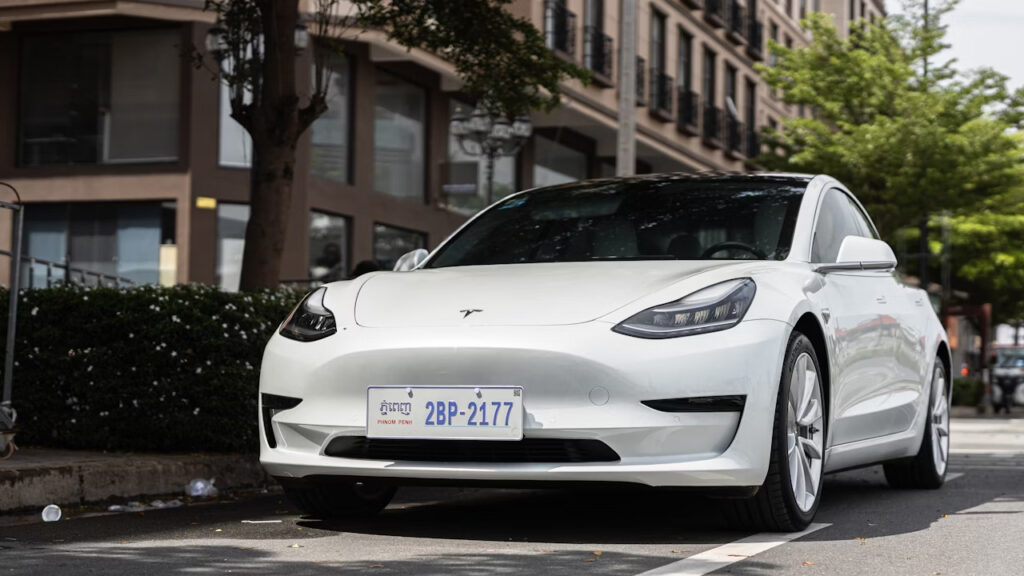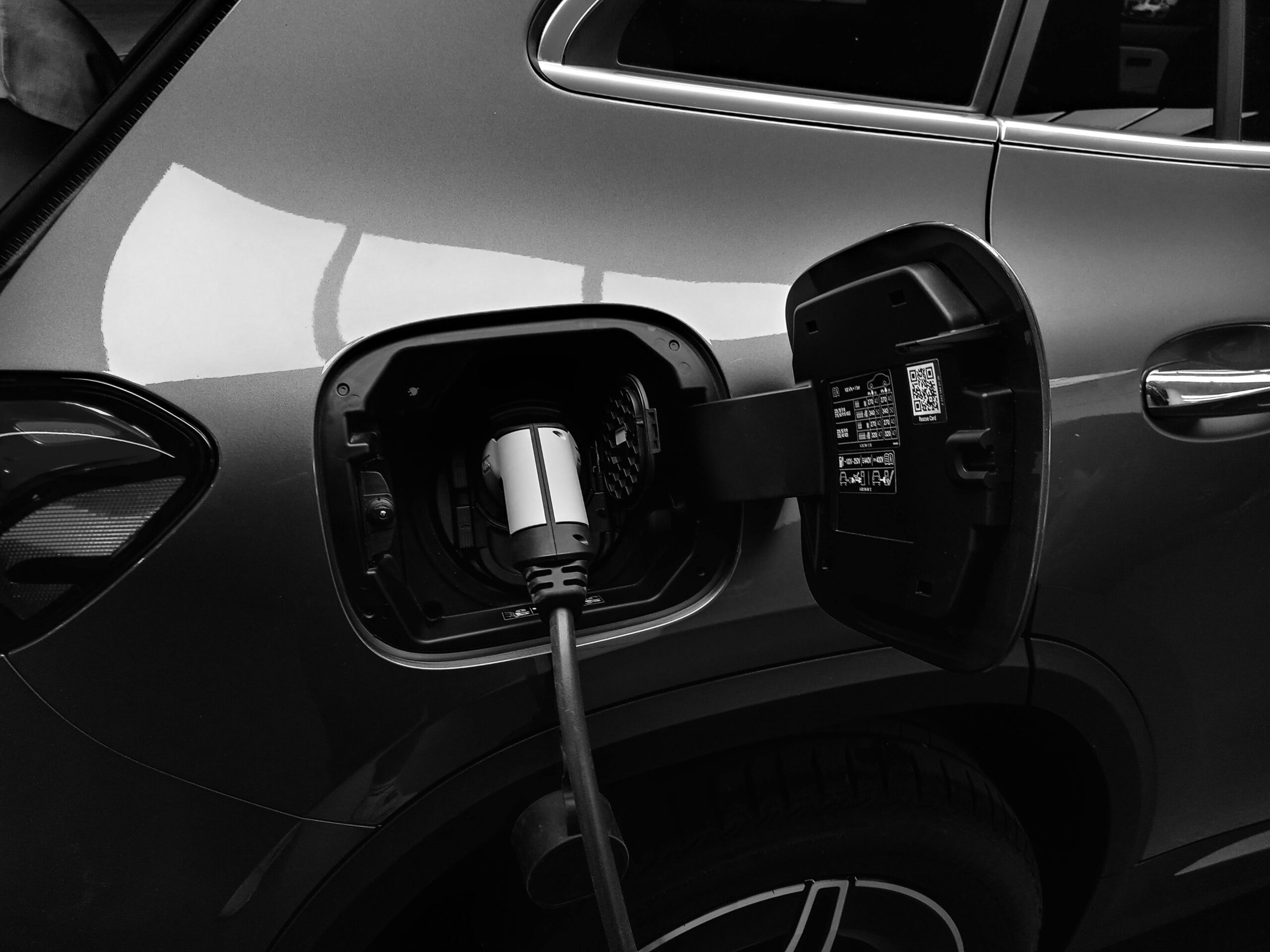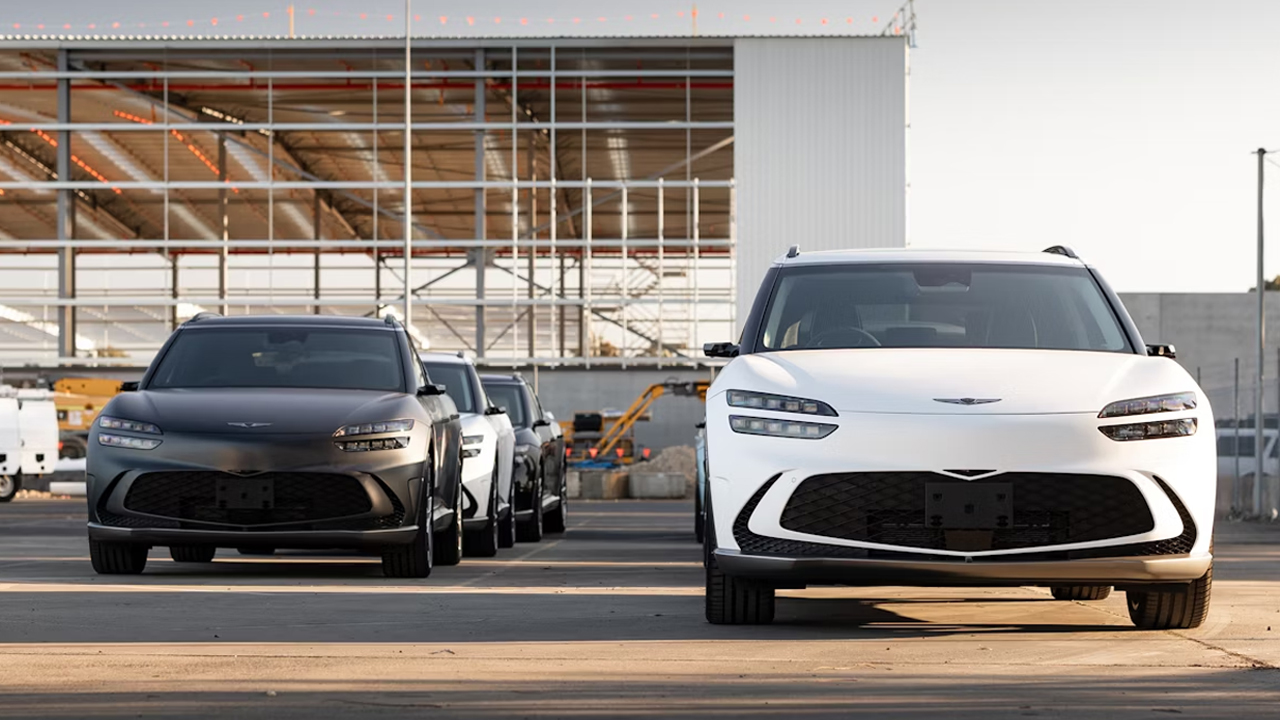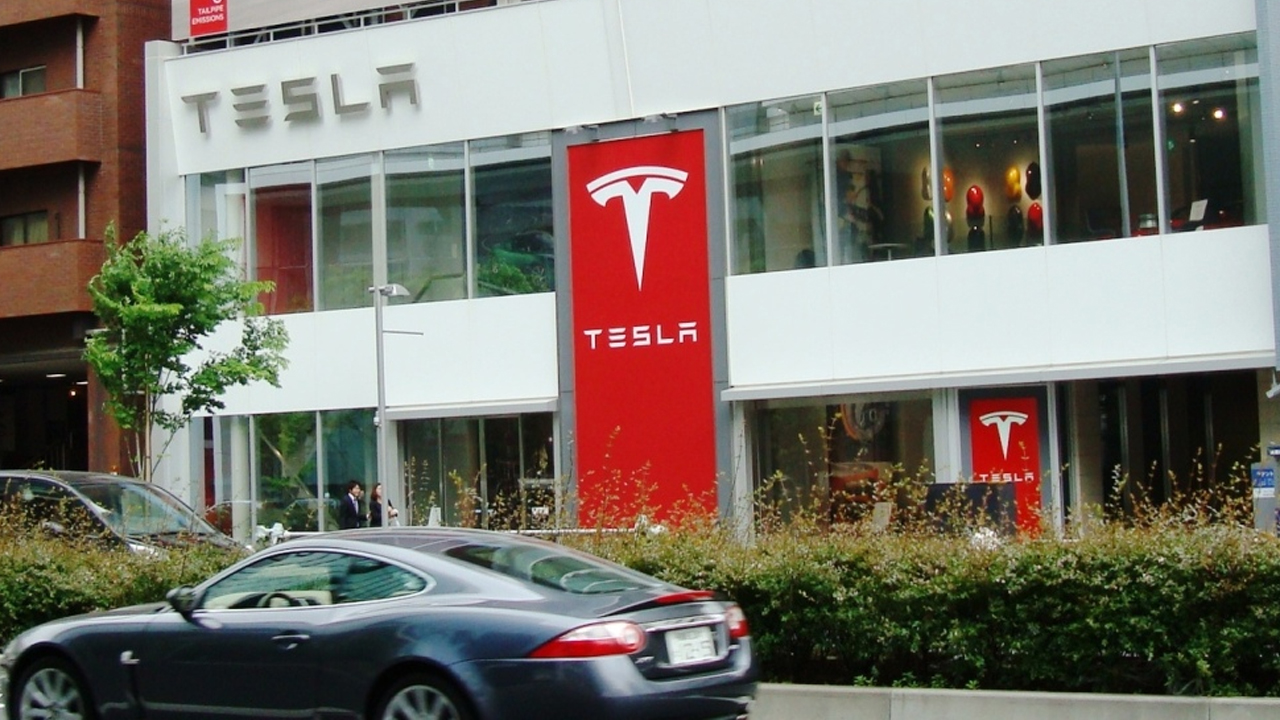Electric vehicles (EVs) have been heralded as the future of transportation, offering environmental benefits and long-term cost savings. Generous tax credits, like the federal $7,500 incentive, were designed to accelerate their adoption. However, a growing number of EV owners are reconsidering their choices, with some even returning their vehicles. What’s driving this unexpected trend?
Despite the allure of tax incentives, many consumers are finding that the realities of EV ownership don’t always align with expectations. From infrastructure challenges to financial complexities, several factors are contributing to this wave of returns.
Complexities of Tax Credits

While the federal EV tax credit aims to make electric vehicles more affordable, its application can be convoluted. Eligibility depends on various factors, including the vehicle’s battery components, critical mineral content, and the buyer’s income level. According to the Taxpayer Advocate Service, not all EVs qualify for the full credit, and many buyers are unaware of the intricate requirements until it’s too late.
Moreover, administrative errors have led to numerous tax return rejections. As reported by Headlight News, the IRS has been rejecting returns due to dealers failing to submit necessary paperwork promptly. This has left many buyers without the anticipated financial relief, leading to frustration and, in some cases, vehicle returns.
Infrastructure and Range Concerns

One of the significant challenges facing EV owners is the lack of adequate charging infrastructure. In the UK, for instance, there are only 52,602 public charging points, far below the 2030 target of 300,000. This shortfall contributes to “range anxiety,” where drivers fear running out of charge without a nearby station. As highlighted by The Guardian, nearly half of EV drivers still suffer from this anxiety, making long-distance travel daunting.
Additionally, the higher upfront costs of EVs remain a barrier. Many potential buyers, especially those on fixed incomes, find the initial investment prohibitive, despite long-term savings on fuel and maintenance.
Consumer Sentiment and Market Dynamics

Beyond logistical and financial hurdles, consumer sentiment plays a crucial role. In the U.S. and Europe, EV adoption faces challenges due to range limits, charging infrastructure problems, and costs, leaving drivers skeptical. As reported by AP News, while EVs make up 8% of vehicle sales in the U.S., growth has slowed, and uncertainties over subsidies further complicate decisions for potential buyers.
Furthermore, the complexity of the tax credit system adds to consumer confusion. According to Kiplinger, the EV tax credit involves various stipulations, including income limits and vehicle price caps, which can be daunting for potential buyers to navigate.
What Needs to Change for EVs to Succeed

While electric vehicles offer numerous benefits, including environmental advantages and potential cost savings, the current landscape presents several challenges for consumers. Complex tax credit systems, inadequate infrastructure, and shifting market dynamics contribute to a growing number of EV returns.
For the EV revolution to maintain momentum, stakeholders must address these concerns. Simplifying tax incentives, expanding charging infrastructure, and providing clear information can help consumers make informed decisions and foster confidence in electric mobility.




